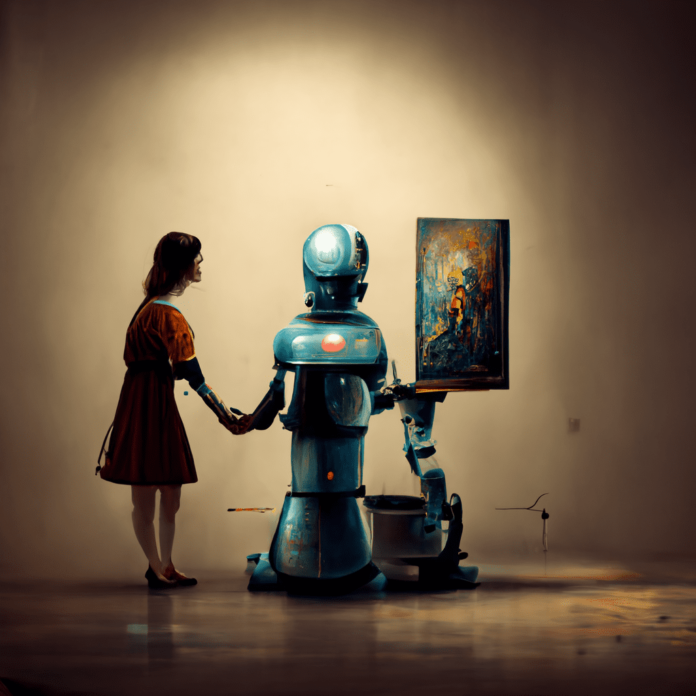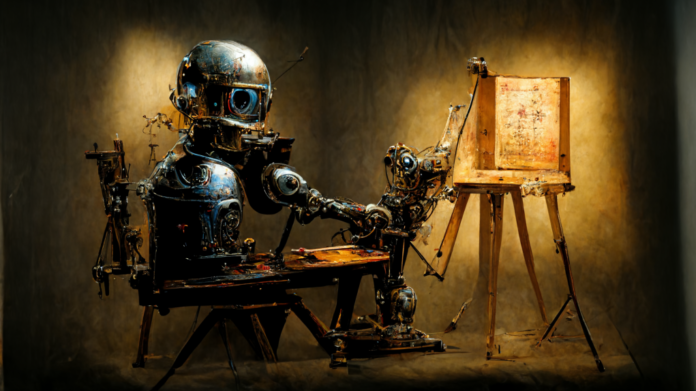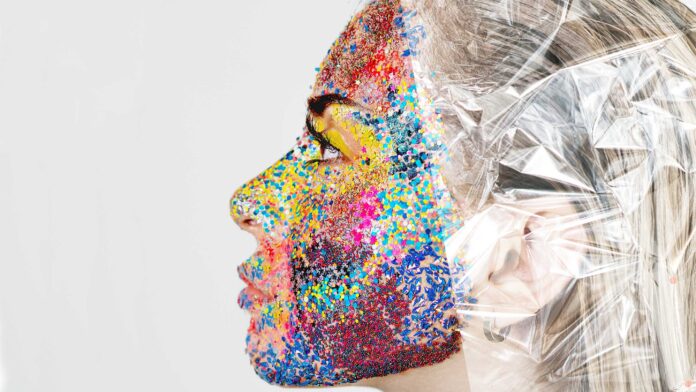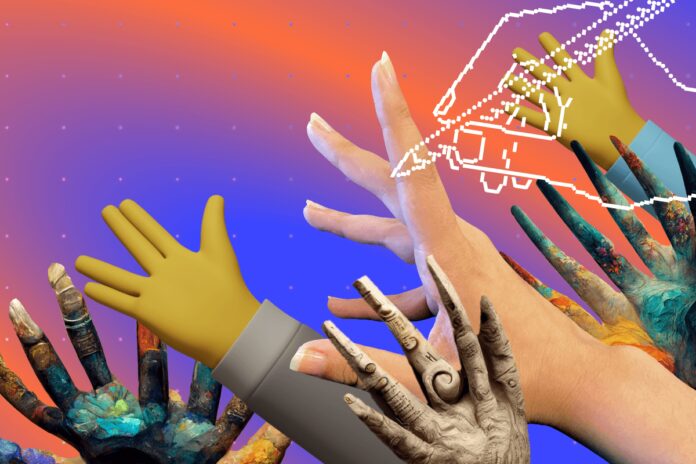The art world has always been one of creativity, expression, and innovation. But in recent years, a new player has emerged, revolutionizing the way we create and perceive art: artificial intelligence. The rise of AI-generated images is transforming the creative landscape, challenging traditional notions of artistry, and opening up unexplored frontiers for both creators and consumers.
In this captivating blog post, we’ll explore the various facets of this phenomenon, examining the technology behind it, its implications for the art world, and the exciting opportunities it presents.
The Emergence of AI-Generated Images
The advent of AI-generated images can be traced back to the development of deep learning techniques, particularly the emergence of generative adversarial networks (GANs). Invented by Ian Goodfellow in 2014, GANs consist of two neural networks: a generator and a discriminator. The generator creates images, while the discriminator evaluates their quality, driving the generator to produce increasingly realistic outputs.
This innovative approach has allowed for the creation of lifelike images that are virtually indistinguishable from those created by human hands. The emergence of GANs has led to an AI art battle of sorts, with artists and machine learning experts competing to create the most impressive and realistic AI-generated images.
The Technology Behind AI-Generated Art

As GANs have evolved, so too have the techniques for generating art using artificial intelligence. In this section, we’ll delve into the following key technologies:
StyleGAN: A variant of GANs, StyleGAN, introduced by NVIDIA researchers in 2018, has demonstrated remarkable proficiency in generating realistic images. By incorporating style-based architecture, StyleGAN can produce images with a wide range of styles, paving the way for AI-generated art that is both intricate and diverse.
DALL-E: Developed by OpenAI, DALL-E is an AI model that can generate images from textual descriptions. This groundbreaking technology enables artists to simply describe their ideas in words and have an AI system generate corresponding visuals, opening up new creative possibilities.
Neural Style Transfer: This technique allows AI to “learn” the style of one image and apply it to another, creating unique and visually stunning pieces. This has led to a resurgence of interest in the works of the old masters, as artists use neural style transfer to reimagine classic paintings in fresh and innovative ways.
The Impact on the Art World
The rise of AI-generated images has had far-reaching effects on the art world, presenting new challenges and opportunities. We’ll explore these implications from various angles:
The Changing Role of the Artist: As AI-generated art becomes more prevalent, the role of the human artist is evolving. Artists now have the opportunity to collaborate with machines, using AI as a tool to augment their creativity and push the boundaries of their work. This has led to the emergence of new artistic genres and styles, such as AI-assisted painting and AI-curated exhibitions.
Art Authentication and Ownership: AI-generated art has also raised complex questions around authentication and ownership. With AI capable of creating images that are indistinguishable from those produced by humans, the art world has had to grapple with new challenges in terms of proving the provenance and authorship of artworks. Additionally, as AI-generated images blur the lines between creator and machine, debates around copyright and ownership have intensified.
The Democratization of Art: The proliferation of AI-generated art has made it more accessible than ever before. With AI tools available to anyone with an internet connection, the barriers to entry for aspiring artists have been significantly lowered, fostering a new generation of creators who might not have had access to traditional art education or resources.
The ethical considerations of using AI in art creation

The rise of AI-generated art has brought about a number of ethical considerations regarding the use of technology in the creative process. One of the key concerns is the question of authorship and ownership. As AI becomes increasingly proficient at creating lifelike images, it’s becoming more difficult to distinguish between art created by humans and that created by machines. This raises questions about who owns the rights to an AI-generated artwork, and whether the machine or the human who programmed it should be considered the artist.
Like any tool, AI is only as objective as the data it’s trained on. If an AI model is trained on data that reflects societal biases, it may perpetuate those biases in the art it generates. This has already been seen in some AI-generated images, where the models have been found to produce racist or sexist content.
There is a concern about the impact of AI on the value of art. Some argue that art created by machines lacks the emotional depth and human touch of art created by humans, and as such, is less valuable. Others argue that the increasing accessibility of AI tools and the democratization of art may actually increase the value of art, as it opens up new avenues for creativity and expression. The ethical considerations surrounding AI-generated art are complex and multifaceted and require ongoing discussion and debate as the technology continues to evolve.
The Future of AI-Generated Art
As the technology behind AI-generated art continues to evolve, it’s clear that its impact on the art world will only continue to grow. In this section, we’ll examine some of the most exciting developments on the horizon:
AI-Generated Music and Literature: While these images have garnered much of the attention, researchers are also exploring the potential of AI to create music and literature. From AI-generated poetry to algorithmically composed symphonies, the possibilities are limitless.
Augmented Reality: As AR technology becomes more sophisticated, it presents new opportunities for this type of art. Imagine being able to step into a virtual gallery where the art on display is constantly evolving and adapting to your movements and preferences.
AI-Powered Creativity: Some researchers are even exploring the potential for AI to develop its own creativity, independent of human input. While this may seem like something out of science fiction, early experiments have yielded promising results, suggesting that AI-generated art may soon take on a life of its own.

Conclusion
The rise of AI-generated art is one of the most fascinating and transformative developments in the art world today. From the technology behind it to its impact on the industry and the possibilities it presents for the future, AI-generated art is opening up new frontiers for creativity and expression. As machines continue to push the boundaries of what’s possible, we can only imagine the incredible art that will emerge from this symbiotic relationship between humans and technology.




